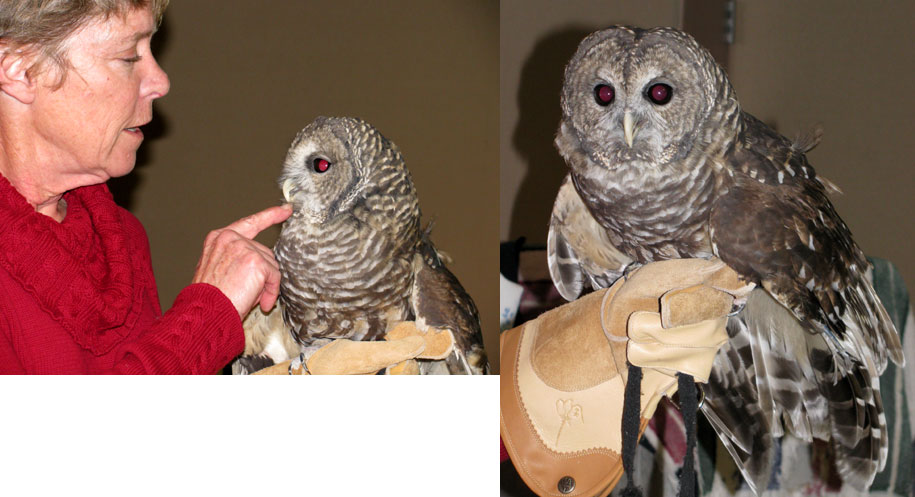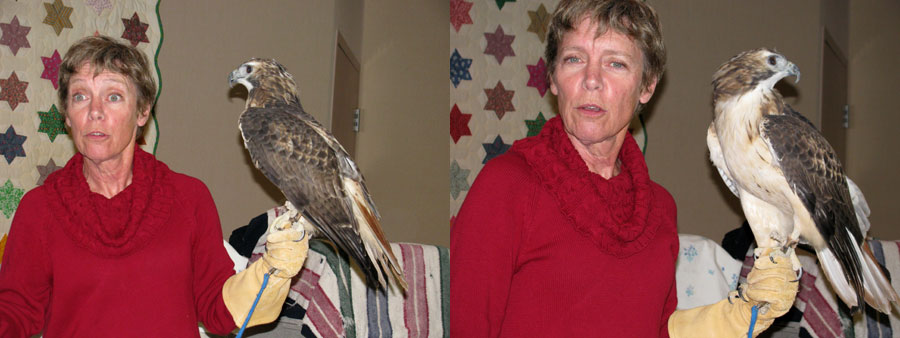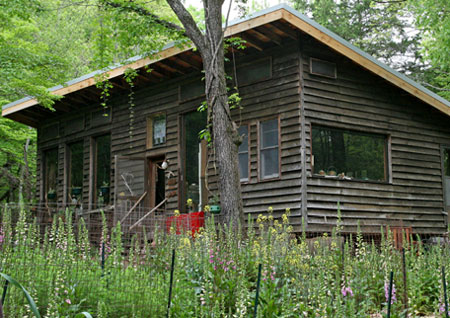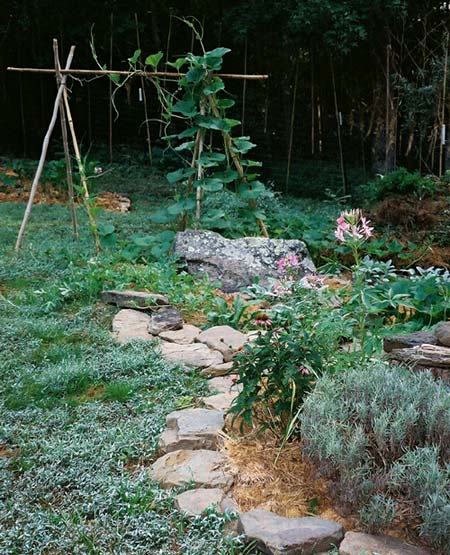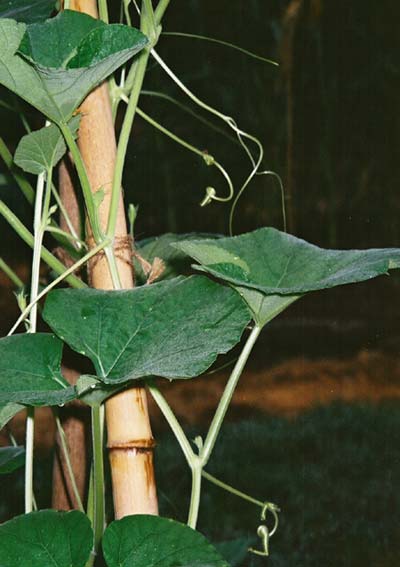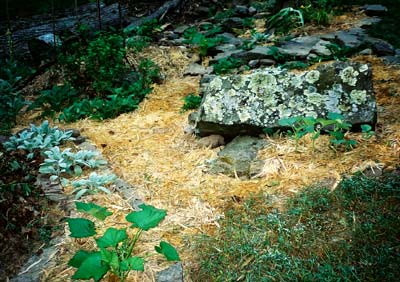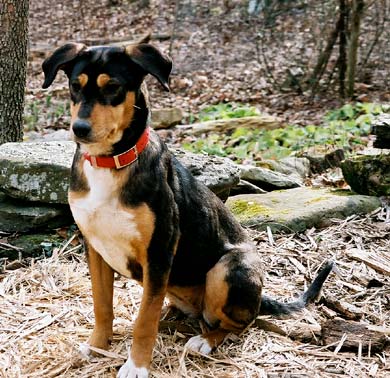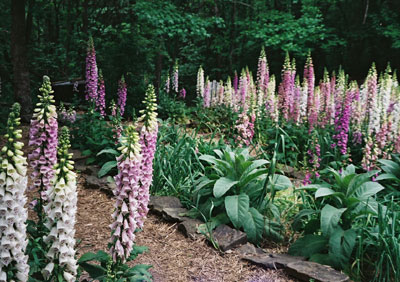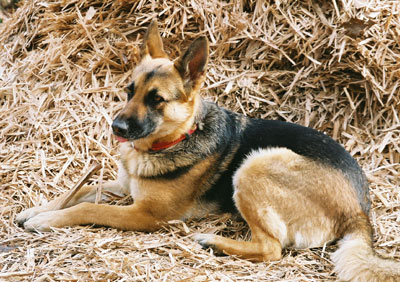
Gasland is a documentary movie by Josh Fox who was approached about leasing land near his forest home for gas drilling.
The documentary film Gasland (www.gaslandthemovie.com) introduced me to the people who are living in the earthly hell created by the extreme drilling technique, called fracking, currently favored by the major gas companies who dig 8,000 feet, inject water laced with 596 chemicals (many are very toxic) to pump up natural gas mixed with the water and chemicals. Once the gas is separated, the 7 million gallons of chemicalized water from that one well is a hazard we all have to live with. The closest neighbors to the well—more often multiple wells—will breath the toxic chemical fumes, drink those chemicals in their water. We met those people and heard them describe the severe health effects for themselves, their children, pets and all of nature unfortunate enough to live near polluting gas wells. Endocrine disruption, cancer, asthma and severe headaches are just a few of the results of exposure to the contamination of the air, soil and water caused by the gas drilling industry. Dr. Theo Colborn, a leading expert on this subject has more information available here: http://www.endocrinedisruption.com/chemicals.video.php
My opinion is that this deep drilling technique is fundamentally unsafe because of the chemicals used, the multiple deep underground blasting and the impossibility of obtaining enough water for the process and finally because the trillions of gallons of used water cannot be safely stored or restored as safe water.
No Regulations from Government!George W Bush and Dick Cheney (both oil men) and earlier Richard Nixon convinced congress to exempt the natural gas industry from meaningful regulation. The industry is not covered by:
the 1972 Clean Air Act
1972 Clean Water Act
exempt from Superfund Cleanup
exempt form Safe Drinking Water Act
needs to provide minimal environmental impact statements
The industry is dominated by several big companies (including Halibuton) who have no oversight—the EPA has no authority to regulate drilling. You may not be aware of the scale of the environmental destruction, even if you are aware of some of these problems with gas drilling. Thursday afternoon I was aware of the problem, but unaware of the scale of the problem. By Thursday evening I had seen images of hundreds of square miles stripped of life and dedicated to pulling gas from deep within the earth and destroying peaceful life in the process!!
After viewing the reality, I could not sleep—haunted by those images. And I was haunted by the faces of the people trapped by circumstances! They had been lied to and treated without regard for their health and safety. It could have been any of us. This was not a natural disaster, but an un-natural disaster, a man made disaster. No one protected them. Some were told to hire an attorney and sue if they felt wronged.
In fracking, the blasting creates mini-earthquakes that blast open underground cracks to release the gas. We are told these blasts are harmless, but do we know that? No, this extreme drilling process has only been in wide use for ten years. Can the earth sustain this assault? Will the earth sustain this assault? Our clean water comes from underground aquifers of ancient water, how will these nonrenewable resources be protected?
And where will the water to perform the drilling come from? How will the toxic water be stored safely forever? Each well drilling requires from 1-7 million gallons of water. The same well can be tapped up to eighteen times and will use that much water each time. Using the low estimate of 1 million gallons per drilling, that would be 18 million gallons of water per well. In the Dallas/Ft. Worth area there are 10,000 gas wells. Again, using the low estimate, 18 million gallons of water multiplied by 10,000 wells equals 180,000 million gallons of poisoned water to store and protect. This is only for the wells in the Dallas/Ft. Worth area!
Water shortages are already predicted to be a major concern worldwide. Safe drinking water will be the luxury of the future, if we do not make major changes now!
Your well and my well, could they be next?
My concern is not merely an intellectual concern. Last year the national forest service leased forest land 30 miles or so south of here to a company determined to use fracking to drill for gas in the national forest. The owners of the nearby resort, Mulberry Mountain, called our attention to the situation and arranged for a public meeting with local officials. The process was described and the concerns and protests we offered were ignored. My understanding is that the drilling has begun and soon there will be 1-7 million gallons of toxic water used in the drilling waiting to be disposed of somewhere. Where and how?

We collect water from our roof for our garden and store it in these open stock tanks. Even this water can be polluted by the chemicals in the holding ponds of polluted water vaporizing into airborn chemicals and released as acid rain.
The gas companies have a legal strategy called “forced pool” that can deny people to decline drilling on their land! Many of us do not own the mineral rights to our land, or own only a percentage of the mineral rights. Imagine the complications this could bring to a landowner not wanting to lease to gas drilling companies.
We could be next! Several years ago, Jeanne and I were contacted by a gas company representative who told us they wanted to drill on our land. Neither we, nor our neighbors were interested. Fortunately, we have not heard from them in years. We have 40 acres of oak/hickory forest where we built our solar powered house and began our organic gardens twenty-one years ago. We love where we live and have invested heart, mind and soul here. Josh Fox, who created Gasland, began his search to learn more about gas drilling because he lived in a similar rural area in Pennsylvania, where his parents had settled in the 1970s. He grew up in the woods and especially loved the stream that meandered through his homestead. The gas company offered him $100,000 for drilling rights. He wanted to learn more. He sought out landowners who had agreed to lease to the gas companies. Gasland showed us streams near drilling sites that are polluted with gasses from the drilling and have pockets of gas in the stream that can be lighted on fire. Often the deep underground blasts force new seams to appear in the underground rocks sending gas and methane formerly trapped underground into pristine wells, springs and streams. We heard people describe all this in Colorado, Pennsylvania and many other places! His worst fear and our worst fear! These were real people stuck in a living hell.
Foolishness
Don’t be fooled by the PR campaign financed by the natural gas corporations that declare gas to be a “clean” energy source. The 10,00 wells around and in Dallas/Ft. Worth emit 200 tons of toxic emissions per day—more than the automobiles in that metropolitan area emit each day. And, the natural gas pipelines have built-in release valves that we are told are not toxic, but it is gas released into the atmosphere on a regular basis, yes?
We need to educate ourselves, our neighbors and our political representatives about all the consequences of fracking. However, the gas companies are big campaign contributors, so we may have to become more creative in letting the politicians know of our outrage that the gas companies call all the shots and we, the people, are left to fend for ourselves.
Stop using natural gas is another radical possibility! Radical means going to the root of the problem. If there is no market for natural gas, the gas companies have no incentive to drill. Build a clothesline! Gas clothes dryers were not common place in Miami Springs where I grew up in the 1950s. We were a family of six with lots of wet clothes and they were all hung out to dry. Put up a clothesline and hang your wash. Change those ridiculous city regulations that forbid clotheslines if you have such restrictions.
I am not a politician, so I can and will express my unpopular opinion: reduce, reduce, reduce. Conservation of all our natural resource use is the central component in saving our planet from the extreme climate changes we are heading for today. Reduce your consumption of all energy sources: batteries, electricity, oil, gasoline, propane, as well as plastic and water and food. Perhaps we can reverse the consequences of our dependence on unlimited access to energy sources. Walk in the woods. Ride a bike. Grow a garden. As my mama used to say, “Actions speak louder than words”!

Destroying habitat of millions of plants and animals from Texas to Ohio and from Pennsylvania to Colorado to extract gas to fuel consumer lust for luxury must stop. Our garden reminds me of how plants and people have coexisted for thousands of years, until now.
For more information about the drilling practices of the natural gas industry proceed to these resources provided by Joyce Hale, president of the local chapter of the League of Women Voters. The screening of Gasland in Fayetteville was sponsored by the League of Women Voters, Omni Peace and Justice Center and the local chapter of the Sierra Club.
Learn More about Natural Gas Development and Take ACTION!
SIGN UP FOR FUTURE EMAIL ACTION ALERTS
1. ProPublica online articles
http://www.propublica.org/search/search.php?q=natural+gas&x=10&y=13.
They have intensively developed the topic over the last couple of years. Their investigative reporting is some of the best out there.
2. Become acquainted with everything on the subject at endocrinedisruption.com/. Dr. Theo Colborn is the go-to person for information about the impact of chemicals, particularly on children and the unborn. http://www.endocrinedisruption.com/chemicals.video.php
3. Make sure that any landowner facing the decision to lease is familiar with OGAP (Oil & Gas Accountability Project). Their free manual, Oil and Gas at Your Door, http://www.earthworksaction.org/LOguidechapters.cfm should be the bible of everyone interested in this topic.
4. Blogs will give you local insight and help you connect with where the action is having negative impacts. Check out:
http://www.a4gda.blogspot.com/ (Arkansas)
http://txsharon.blogspot.com/ (Texas)
fwcando.org/ (Texas)
5. Videos are a wonderful way to learn:
a. Split Estate – This documentary about Colorado and New Mexico features the conflict between surface ownership and mineral rights. Health problems are a key part. If you get this video www.splitestate.com, be sure you watch the “extras” in addition to the main feature
b. Gasland – Film maker, Josh Fox, gained a high profile after winning at Sundance Film Festival and became popular guest with national television interviews. There are HBO showings still being scheduled so check the HBO Documentary section for listings. Copies should be available to buy in December. Go to www.gaslandthemovie.com for information.
c. What You Need to Know About Natural Gas Production – An excellent description of the process and chemicals by Dr. Theo Colborn. It is available at her website or they will send you a DVD. http://www.endocrinedisruption.com/chemicals.video.php
d. But MOST IMPORTANT is a MUST WATCH 3-part video by the Cornell Professor Anthony Ingraffea, revealing the true economics and scale of this problem. http://nyrad.org/videos.html This is possibly the most critical thing to be understood, since it is the only argument that will resonate with the political leadership. They must be shown that they have been listening to one side of the economic equation.
TO REQUEST A PROGRAM ON NATURAL GAS DEVELOPMENT IN ARKANSAS FOR YOUR GROUP OR ORGANIZATION:
Contact JOYCE HALE 479-527-2777 or joycehale43@gmail.com
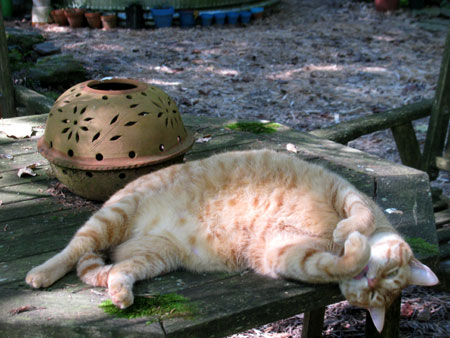
Gasland documents severe health problems for people, domesticated animals, and wild animals when exposed to toxic water, fumes and noise related to gas drilling. Children developed asthma, others experienced severe headaches. Endocrine problems were common complaints of those living near drilling sites. Some of the animals lost much of their fur. Striper is one of our seven household animals we are concerned about.
Postscript from Paula: Here at Cedar Hill we heat our 800 square foot house with locally purchased seasoned firewood, and do not use air conditioning. Solar energy collected from eight vintage solar panels located on our roof provides our electricity including the biggest energy hog: refrigeration. (We do use a Sunfrost refrigerator which operates off a 12 volt system like ours and is built to be super energy efficient. We do not have enough solar electricity to operate the freezer unit.) Propane is the energy source we use to cook and bake, although in winter when we have our wood stove burning we heat water and cook some food on the woodstove. We consider this bonus energy! Our 100 gallon propane tank lasts us about nine months. We have had to do some research to find out where and what propane is. Do you know?
Propane is a gas often found with natural gas and even with petroleum deep within the earth. Some sources name it as a by product of processing natural gas and of petroleum refining. The processing of natural gas involves removal of propane and butane from the natural gas, to prevent condensation of these liquids in natural gas pipelines. Additionally, oil refineries produce some propane as a by-product of production of gasoline or heating oil.
Because we want to reduce our use of natural gas to a minimum, this means that one of our goals is to reduce use of propane in every way possible. Instead of heating water on the stove for our showers, we are now depending more on using the sun to heat the water in our solar shower bag for a refreshing hot shower. We will wash our laundry in Fayetteville tomorrow because we are going there to do our grocery shopping at Ozark Natural Foods Coop. To avoid burning all the natural gas it would take to dry our clothes (and the electricity used to turn those large tumblers) in the gas dryers, we will hang everything here in the hot August sun to dry. Actions speak louder than words….





